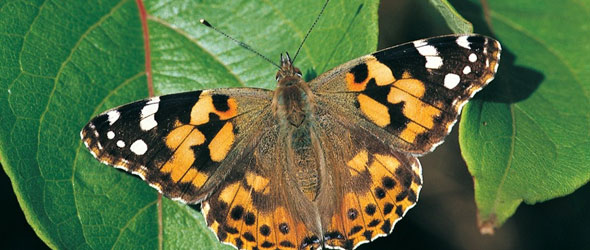Ireland is home to 33 species of indigenous butterflies, 18 per cent* of these native Irish butterflies face extinction with one species Mountain Ringlet already extinct. This weekend (28th and 29th May) Dublin Zoo hosts the fifth annual Native Species Weekend which celebrates and educates about the wildlife on our doorsteps.
Rare fossils from a young Ichthyosaur (ik-thee-uh-sawr) and skin from the Ursus arctos, aka brown bear, which were once part of Ireland’s fauna will be on display. In the Jurassic Period (200-146 million years ago), Ireland was covered by shallow seas in which marine reptiles such as ichthyosaurs and plesiosaurs lived. Later, brown bears roamed the vast lands of Ireland’s countryside and were last found here about 7,700 years ago.
The Family Farm will be a hive of activity. Environmental Awareness Officer at the Children’s Nature Club ‘OWLS’ will work with young visitors in Family Farm garden to teach them about the importance of wildlife in the garden and how to make nest boxes and bird feeders. Visitors will also get to plant their own vegetables and herbs to take away.
Many of Ireland’s wildlife organisations will be present over the weekend with Bat Conservation Ireland, the Irish Wildlife Trust, Sustainable Energy Ireland and the Environmental Protection Agency.
Activities will be centered at the large marquee on the Zoo’s great lawn and in the Family Farm where families, friends and groups of all ages can take part in hands-on activities all weekend long.
*This information is contained in red lists produced for the island of Ireland by the National Parks and Wildlife Services and Northern Ireland Environment Agency. These red lists help identify species that are in need on conservation action.





















